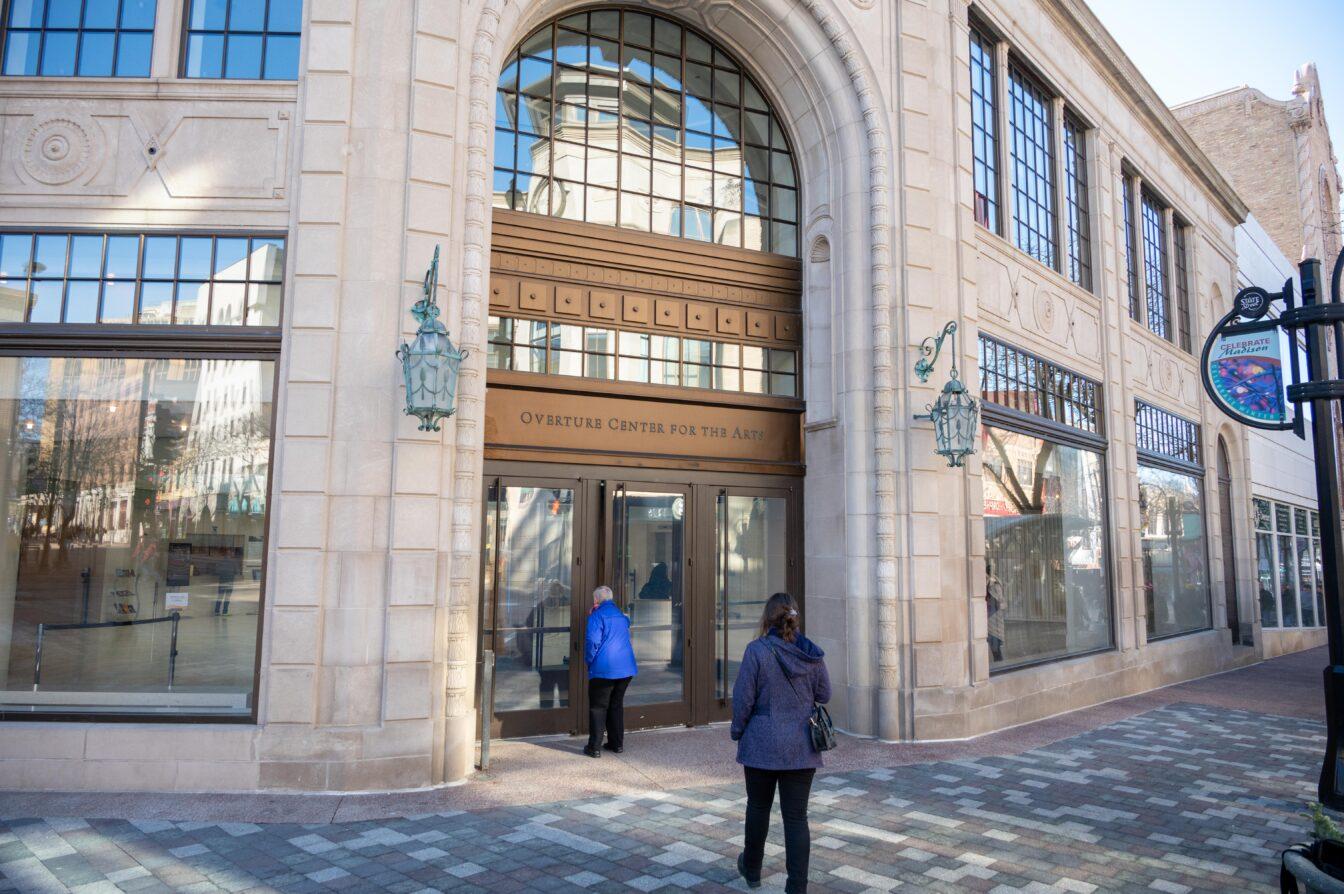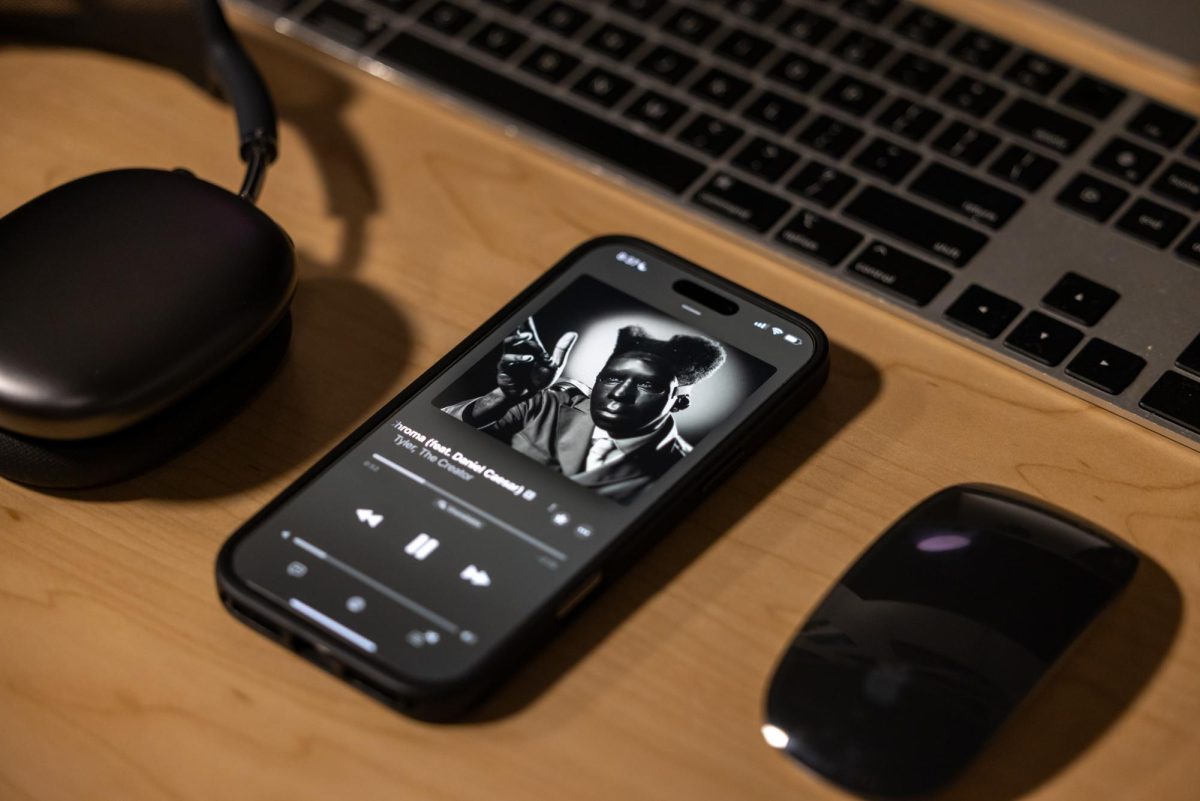The Cuarteto Casals is my new favorite string quartet after their performance Friday. I didn’t really have a favorite one to begin with, but when you make two hours of Haydn, Bartok, Purcell and Debussy feel like they flew by because your performance was so riveting, you take the cake.
Cuarteto Casals made a stop on their international tour to perform in the 99th annual Concert Series at Shannon Hall. The event felt formal but friendly, and there was a buzz around the theater with people mingling and buying CDs before the concert began.
Cuarteto Casals are world renowned and have performed at some of the most distinguished concert halls in the world, such as Carnegie Hall in New York City, Kolner Philharmonie in Germany and Cite de la Music in Paris, among others. They have been honored as cultural ambassadors of Spain, and they are residents of the Royal Palace in Madrid. The group formed at the Escuela Reina Sofia in 1997 and has been going strong for over 20 years, with a discography of 12 CDs. Their repertoire ranges, but they are widely known for their classical performances of Mozart, Haydn and Beethoven.
‘Synthetic Impressions’ exhibit compares social perspectives of graffiti
As soon as the quartet began their first piece, Haydn’s “Opus 33 No. 3 in C Major,” the flare and chemistry of the group was on full display. The musicians read from iPads and large scores, seldom flipping a page. Their eyes were on each other as much as they were on the music, and they maintained a concentrated look on their faces while effortlessly finessing every note and detail of the piece.
The delicate pianos were shaped with passionate crescendos. No intricacies were spared, and I attempted to relish every detail as the musicians passed harmonies back and forth like ping pong balls. Every once in a while the cello player would crack a smile, perhaps unable to contain his enjoyment of a particular flourish.
I usually consider listening to classical music for a long period of time boring or even mentally taxing. The music demands certain attention that so few members of our generation are willing to give to be entertained.
Cuarteto Casals commanded my attention because they have a certain allure to them. The group is something of an anomaly as well — they play music from 500 years ago while reading it on iPads designed less than 10 years ago.
Matt Maeson crafts intimate performance at Orpheum Sunday night
The group displayed a technical mastery of their instruments by playing some of the most difficult music in the world, but made it seem easy.
Bartok’s “Quartet No. 3” was the second song the group performed. It was a piece heavily influenced by Hungarian folk music. They maintained their attention to detail while exploring more adventurous harmonic patterns. The piece was a nice transition point, which happened in between their classical mixed with 20th-century folk music. The piece was more experimental and abstract.
The notes constantly clashed and resolved in different rhythmic patterns, and the dynamic contrast was at the forefront of the power in the music. The dexterity of the group was fully apparent by the time the group was playing Debussy, and the music shifted to an impressionist, distinctively 20th-century French sound.
It is unlikely that I will ever see a string quartet perform music at such a high level ever again. I was lucky enough to experience the culmination of talent and hard work, which can only be described as a musical masterclass. Perhaps most importantly, Cuarteto Casals showed us that music has no expiration date, and can be preserved forever through our love and appreciation.














